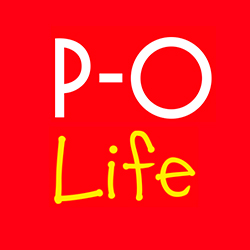YOUR PRIVACY IS IMPORTANT TO US.
P-O Life respects the rights of all site users and will never, in any circumstances, pass on information supplied without permission. Any information submitted will be used only in a way authorised by you.
We do not share information collected with any other organisations, private or commercial.
We use information submitted by you to improve the content of the site and notify site visitors of any relevant updates.
Registration is not required to browse this site therefore users are not obliged to provide any personal details unless they wish to do so.
This site contains links to other sites. This privacy statement refers only to P-O Life website. and we cannot be held responsible for the conduct, regarding privacy, of companies and businesses on this site..
Cookies
A cookie is a small piece of data sent from us to you and stored in your web browser while you are browsing this website. When you visit us again, this information can help us to help you.
For example, cookies can store your login details so you don’t have to type them in each time you wish to be active on the site.
Please checkout more cookie settings related to our advertisers at the bottom right of this website, a blue button labeled as "Privacy".

